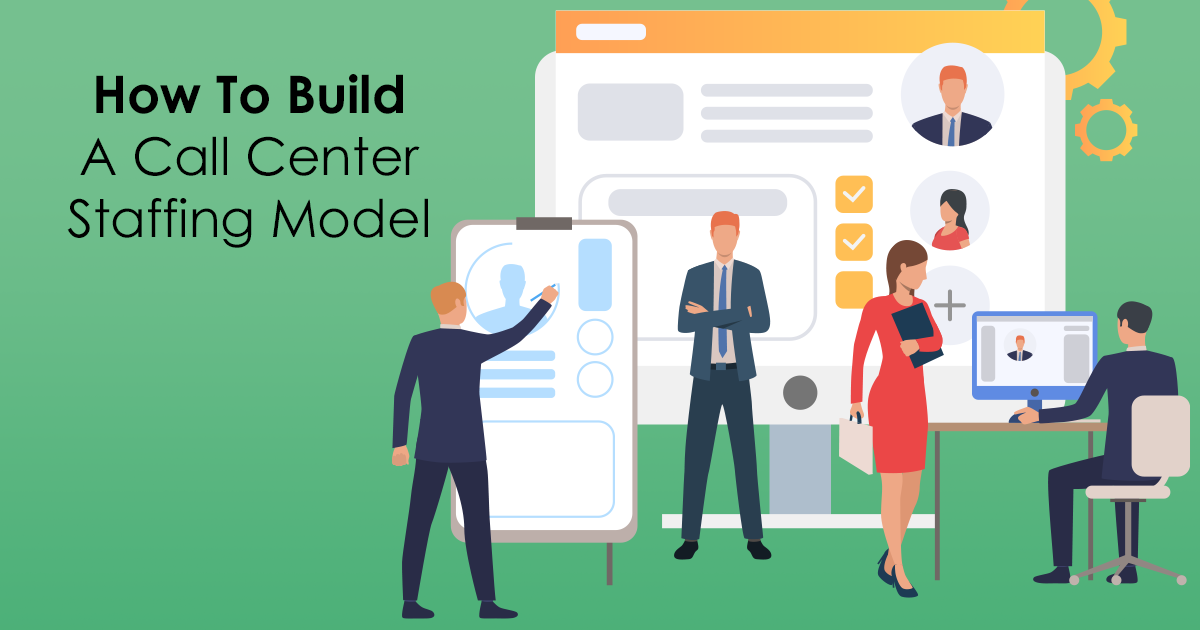“Please hold. You are a valued customer and an agent will be with you shortly.”
Everyone hates waiting on hold. But if you’re a fast-growing company, you also can’t hire unlimited customer service agents to ensure you always have an agent available to help your customers.
What are you supposed to do?
This dilemma highlights how staffing a call center can be a huge challenge for most customer service leaders. If you offer phone support, figuring out the right call center staffing model can make or break the experience you’re providing for your customers. And with 83% of customers saying that good customer service is the number one factor for them in deciding what to purchase, learning how to staff your call center is truly a business-critical issue.
In this article, we’ll cover everything you need to know to build out your staffing model:
- The benefits of an accurate call center staffing model
- The Erlang C staffing model (the most popular way to determine your staffing needs)
- Strategies to improve your staffing as you scale
The benefits of an accurate staffing model
Why do you actually need a staffing model?
That might seem like a simple question, but it’s important to think through. No one creates a staffing model just to have a fancy spreadsheet they can show off when they’re done. Your staffing model is meant to drive hiring decisions. It’s a tool to help you build the right team for your call center and business.
If you’re like most customer service leaders, you don’t just have a blank check that allows you to hire as many people as you want. You’ll need to be able to make a strong case that shows how many people you need to hire, when you need to hire them, and—most importantly—why you need to hire them.
Your staffing model is a foundational piece of how you answer those questions.
There are three lenses you can use to understand the benefits of a sound staffing model.
Customer benefits
Your staffing model benefits your customers by forcing you to think through the level of service you want to provide them.
Without an accurate staffing model, your customers are likely to experience inconsistent service. The first time they call they may get to an agent immediately, then the next time it may take thirty minutes. Talk about frustrating. Your staffing model should help you reduce the likelihood of situations like these happening.
If you’re staffed correctly, your customers should experience a consistent level of service and minimal wait times.
Business benefits
An accurate staffing model for your call center brings a lot of business benefits. Three key benefits are worth mentioning here:
- Cost-savings. Hiring too many agents for your call center is costly. If you overhire, you’ll be wasting money. But if you don’t hire enough agents, you’ll burn out your existing team and have issues with employee retention. Your staffing model should help you avoid each of these extremes.
- Scalability. Your staffing model is a forecast. It shows you how many agents you need today and how many agents you’re likely to need in the future as your business grows. This enables you to plan ahead and determine how to scale your support team efficiently.
- Brand reputation. Bad customer service means a negative reputation and lost business. Your staffing model helps you stay off lists like this by helping you deliver the level of service your customers expect.
Support team benefits
Your support team benefits directly from your staffing model in two ways, both of which have been hinted at above.
First, an accurate staffing model should ensure enough bandwidth across your team to avoid burnout. Call center agents aren’t robots. They need time to breathe between calls and to take breaks. You can give them this time by accounting for it in your staffing model formula.
The second benefit for your support team is related to customers. Because your staffing model helps you deliver a consistent customer experience and avoid long wait times, your support agents won’t have to deal with customers who are irate from sitting on hold forever. This should equate to shorter support interactions and more pleasant conversations, which makes every support agent’s job more enjoyable.
The Erlang Model
The Erlang C formula may be the most common call center forecasting formula. Although


